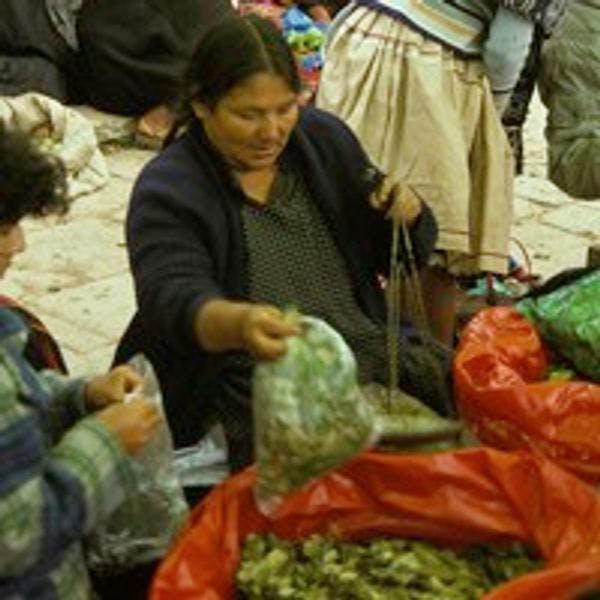Los cambios de cultivos y usos sitúan a la política de coca de Bolivia en la encrucijada
Al asumir la presidencia, Evo Morales adoptó una estrategia basada en ‘coca sí, cocaína no’, pero esta se ve ahora amenazada por los cambios en la superficie de los cultivos.
Más información, en inglés, está disponible abajo.
Suscríbase a las Alertas mensuales del IDPC para recibir información sobre cuestiones relacionadas con políticas sobre drogas.
The violence that erupted during a coca eradication campaign in Apolo, Bolivia, in October was sadly reminiscent of the violence and conflict that characterized the “zero coca” policies of previous Bolivian administrations. By the time the confrontation ended, three members of the security forces and a doctor were dead, and nearly 30 people were wounded. Fortunately, the Apolo deaths are an anomaly, both because such violence is now extremely rare in Bolivia and because forced eradication is only taking place in very limited areas of the country deemed to have excess coca cultivation. Nonetheless, the incident illustrates the complex political waters that the government of Bolivian President Evo Morales has to navigate in meeting the demands of its coca grower base while reducing coca cultivated for illicit markets.
Upon taking office, Morales adopted a “coca yes, cocaine no” strategy. While cocaine interdiction efforts have continued unabated, the new approach to coca control focuses on gradual and consensual coca reduction through economic development and income diversification, combined with “social control” exerted by powerful coca growers unions. Each farmer in the Chapare coca growing region, for example, is allowed to grow one “cato”—about a third of an acre—of coca; anything beyond that is subject to elimination. The coca growers themselves help enforce the cato system, with harsh penalties applied to those who fail to comply, and the Bolivian government has put into place a sophisticated coca monitoring system that tracks coca from farm to official markets in order to avoid diversion to illicit ones.
Click here to read the full article.
Keep up-to-date with drug policy developments by subscribing to the IDPC Monthly Alert.
